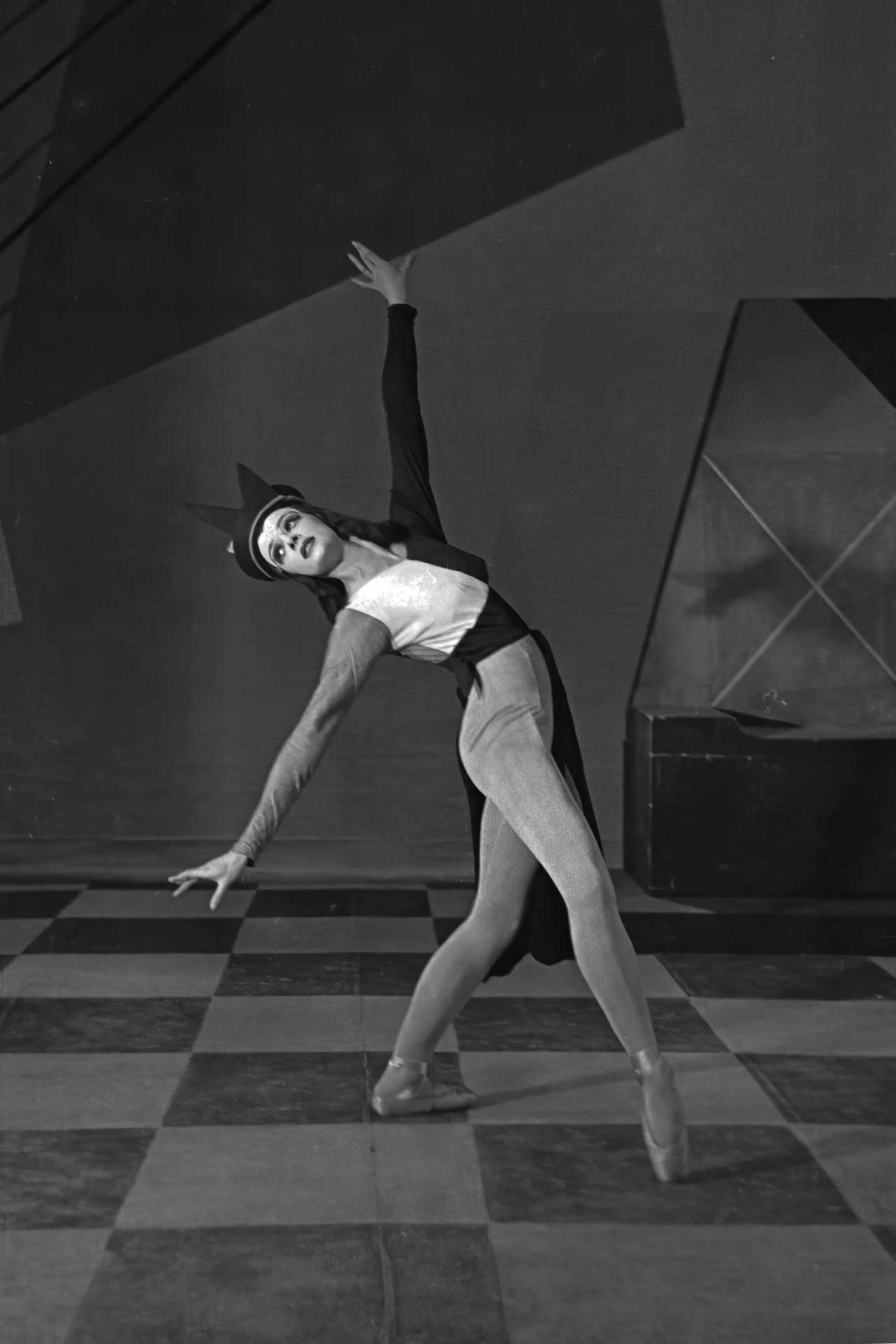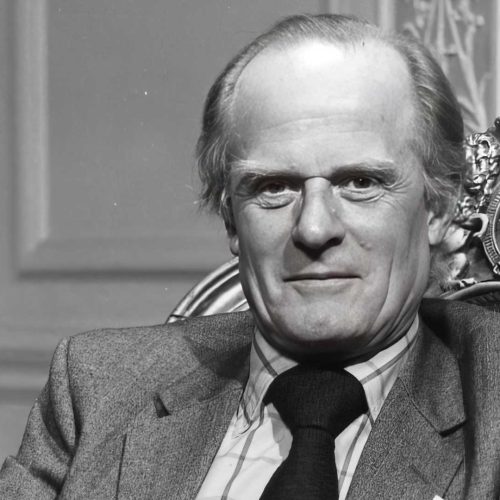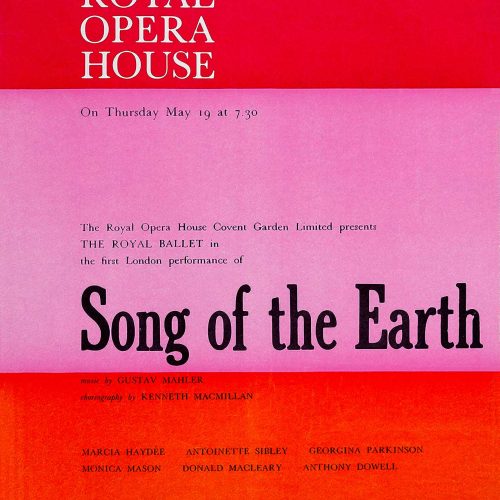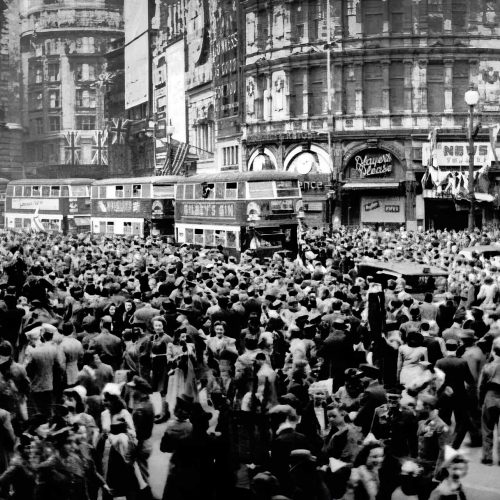Checkmate is one of the only two ballets by Ninette de Valois to survive in the repertoire. It makes allegorical use of a chess game to represent a battle between love and death. Arthur Bliss, the composer, and Edward McKnight Kauffer, the designer, worked with de Valois’ ideas in a way that made perfect sense of the ensuing battle, and testified to her commitment to Serge Diaghilev’s ideas on the importance of music and design in ballet. The action of the chess pieces is foreshadowed in a prologue in which the skeletal hand of death plays chess with the figure of love and suggests that what we are about to see is in some way pre-determined. The chess pieces from pawn and knight to King and Queen make their moves as if guided by the hand of fate. The Black Queen powers her way across the board, dominating all around her. After the thunderous chaos and brutal murder of her would-be lover the Red Knight, the climatic finale sees the Red King goaded out of his inertia. His feeble resistance prompts the Queen to administer the coup de grace: ‘checkmate indeed’. The ballet was first performed at the Théâtre des Champs Élysées, Paris in 1937, with June Brae as the Black Queen, Harold Turner as the Red Knight, and Robert Helpmann and Pamela May as the Red King and Queen.




